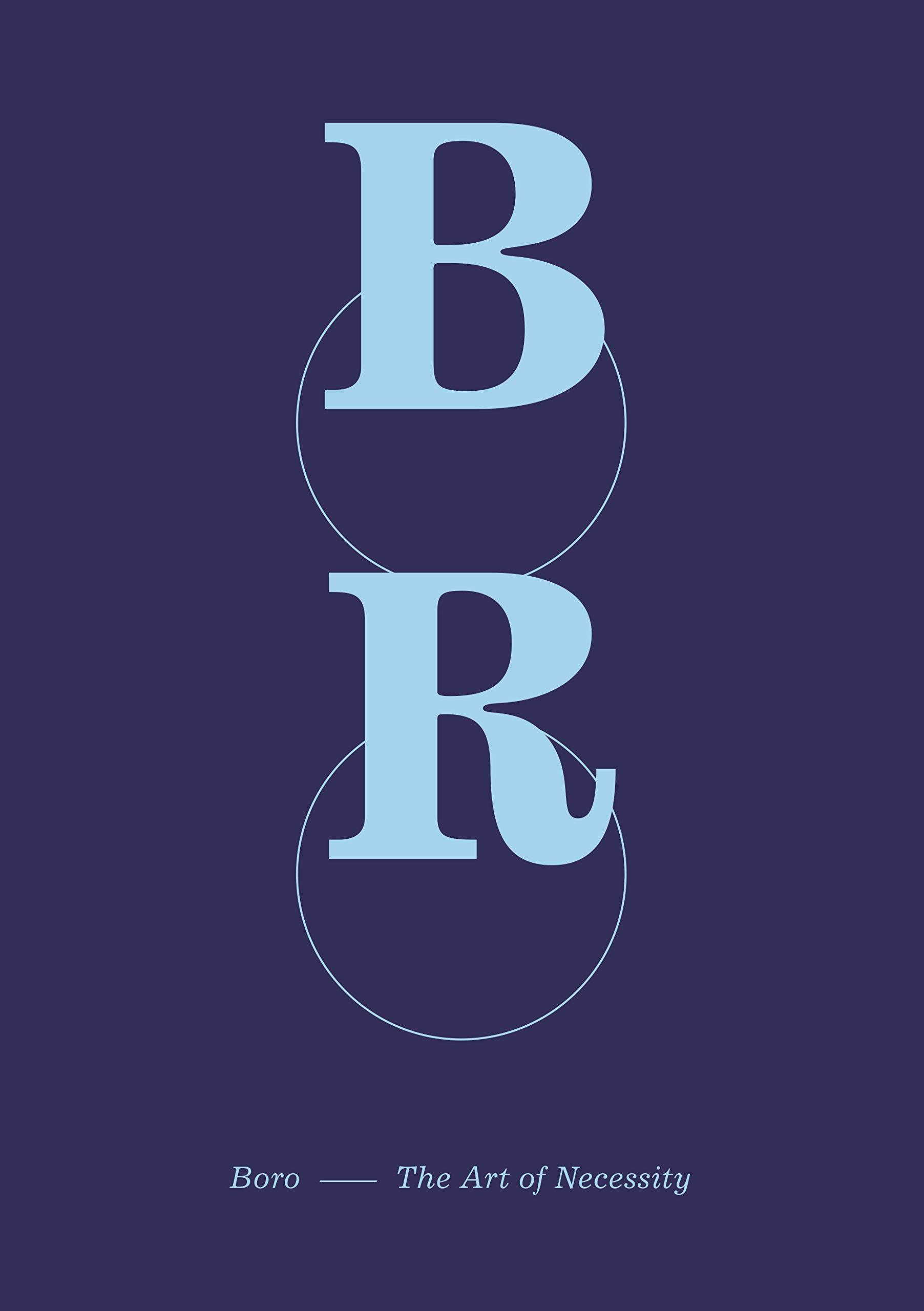
At Mr X Stitch we love to review textile art and embroidery books for you. There are so many great books to discover, packed with needlework inspiration and textile techniques, so we dive into each book to find out what’s good, what’s bad and let you know why you should pick it up.
Introduction
Boro – The Art Of Necessity – Art and Theory is a companion to an exhibition under the same same, at the Museum of Far Eastern Antiquities in Sweden. However it serves as a beautiful piece of literature to own in its own right, that is why I wanted to review it.
To give you some background history, the collection of garments and other pieces of cloth you will see in this book are generally only on view in Tokyo, so their display within this book is a real treat.
About The Authors
As a book that accompanies an exhibition, the book contains five essays, each written by a different author. The authors are:
- Staffan Appelgren, a specialist in social anthropology
- Petra Holmberg, a curator for Japan at world culture events and also a historian.
- Kyoichi Tsuzyki who lives and works in Tokyo and documented the photographic side of this book.
- Yoshiko Iwamoto Wada, an artist in their own right and co-author of several textile related books.
- Phillip Warkander, a ph.D in Fashion Studies.
What is Boro?
We’ve got an extensive explanation of Boro here, but the brief answer is…
The Japanese term “boro” refers to rags and fabrics used for far longer than their expected lifespan. In order to recycle, transform, and create “new” textiles from old, various techniques are used such as patching and mending, reinforcing with simple stitch-work, or weaving from rags.
Boro textiles were created throughout Japan from the 19th century into the 1950s, although the craft form can be traced far earlier.
Who Is This Book Aimed At?
Those who have an interest in Japanese culture, history, fashion and textiles. This book surveys the history of boro and examines its changing social, economic, and aesthetic status as a visual and conceptual source of inspiration for textile artists and designers, both in Japan and internationally.
Content

Boro – The Art of Necessity tells the story of artistry born from hardship. It traces history and memories through patched and mended fabrics – a Japanese textile culture where no scrap of material is wasted, and where economical creations were passed down between the generations. The book contains photo documentation of key pieces from the collection of folklorist, archaeologist and ethnologist Chuzaburo Tanaka (1933-2013).
The first essay, Boro: The Art of Necessity tells the story of Boro and provides a deeper insight and appreciation for this technique. It is so much more than a skill to learn or a fashion to wear. Boro is a method borne from poverty and a need to even simply keep warm. I particularly enjoyed the writers explanation of Mottainai which is the Japanese word associated with boro, translated into English as simply not to waste. There are real lives and real stories connected with boro’s history, so its important to realise its value historically as well as within the fashion and textile art fields.
The other essays – Boro as Fashion and Anti-Fashion, The Work behind the Wear and What is Boro? – provide further layering of the historical and cultural context of boro. The final essay is more directed to the exhibited collection which has been photographed for this book – after this essay we are lead through key pieces from the collection, all documented in picture form with close ups and large images.
I will now highlight a few of the beautiful garments you will come across in this book…..




Every detail has been explained, take this textile example, which discloses the dyeing techniques used (indigo) and how it was achieved.

The exhibition also features Swedish artists’ own interpretations of boro as art. Newly produced works by fashion brand Rave Review and poet Burcu Sahin will be on view. The Swedish-Japanese artist Takao Momiyama’s contemporary boro objects are also shown among the 100 boro objects, a selection of patched and mended clothes from Swedish museum collections. The exhibition is designed by acclaimed Stockholm-based design and architecture studio TAF.
For anyone who is unable to visit the exhibition the book is a perfect companion. Not only does it explore the ancient history of boro, but you can really see its connection with our modern age. With the wider renewal of interest surrounding re-using clothes and creating less waste, this book will resonate with modern thinking as well as the historical, cultural and fashion aspects.
What Is Good About This Book?
Boro – The Art of Necessity is more than a book about boro – it is a thought provoking exploration of the cultural conditions that necessitated this craft. The book has a no-nonsense fabric cover, which is durable but unpretentious, and the pages have been dipped in blue; a reminder of the indigo dye associated with Japan and boro. There are a lot of little details which do not add up to much in themselves, but have an aesthetic value when all brought together.

Conclusion
Boro – The Art of Necessity is a fascinating exploration of a craft form that has been used for centuries. While the book is quite serious in its intent, its form and photography bring the subject to life and add value for the reader.
If you agree with the slow stitch idea (you should!), using more hand stitching techniques than machine based, this book is a thought-provoking part of the conversation.
And if you want more books about Boro, this review of The Book of Boro by Susan Briscoe is worth a look!




